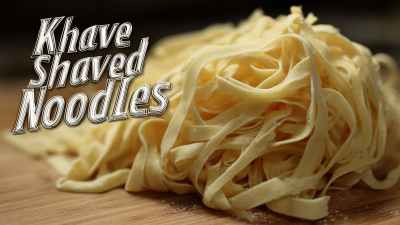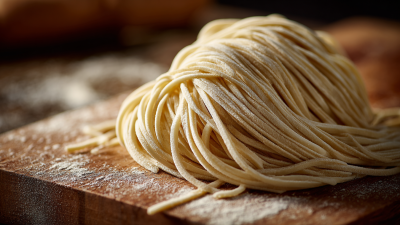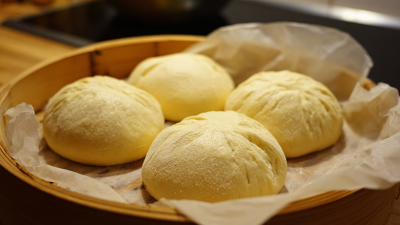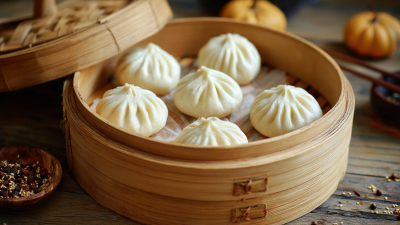
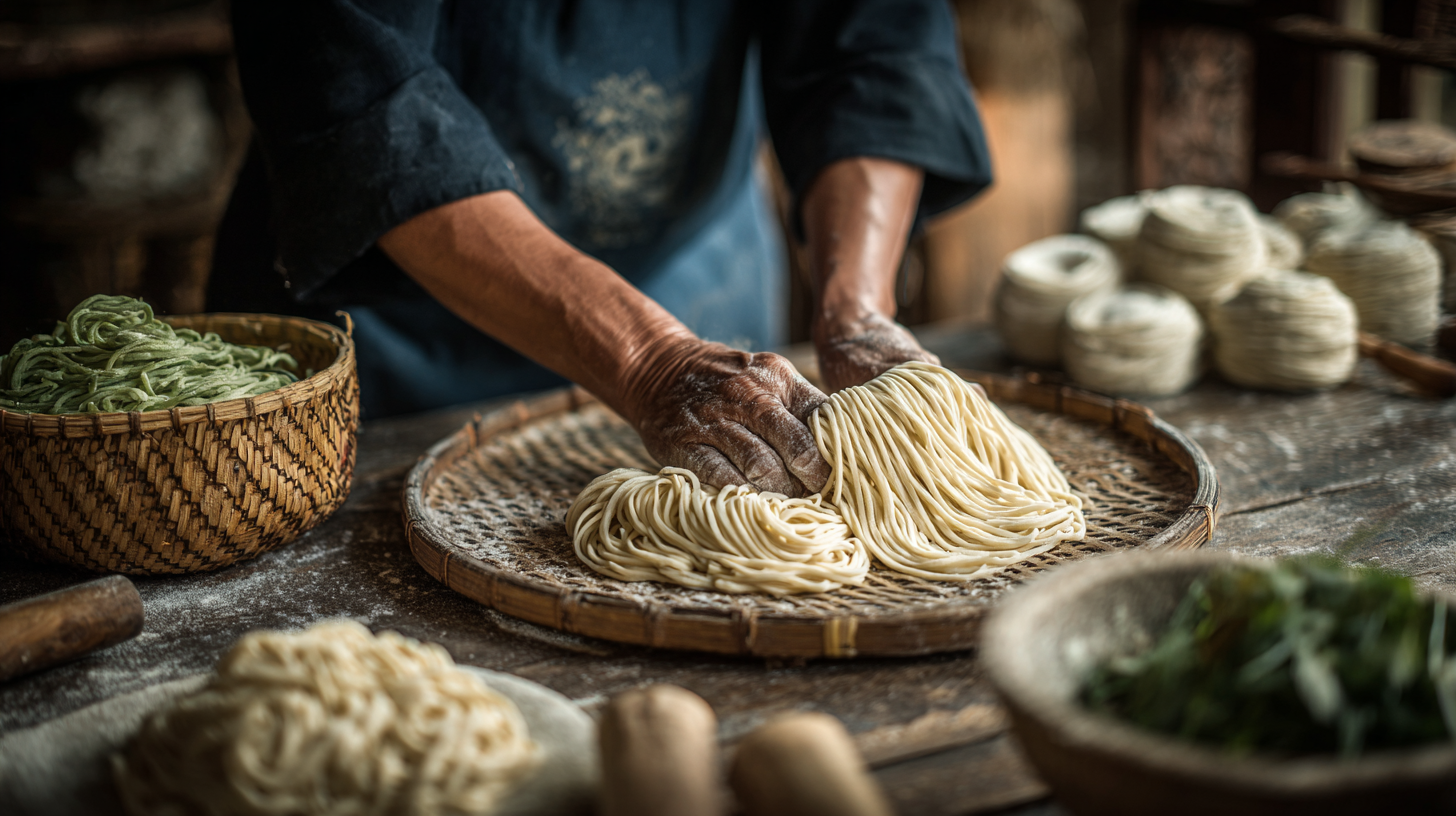 The art of making Hand Rolled Noodles at home not only connects us with culinary traditions but also offers a rewarding experience that enhances our cooking skills. According to a recent report by Technavio, the global noodle market is expected to grow by USD 19.56 billion from 2021 to 2025, reflecting an increasing consumer interest in diverse noodle types, including authentic handmade varieties. This surge in demand highlights the importance of mastering techniques for producing Hand Rolled Noodles, which are celebrated for their unique texture and flavor. The process of hand-rolling these noodles can be both therapeutic and enjoyable, making it an ideal skill for home cooks looking to impress family and friends. By understanding the fundamentals of this craft, anyone can elevate their culinary repertoire and appreciate the rich cultural significance encapsulated in every strand of these delightful noodles.
The art of making Hand Rolled Noodles at home not only connects us with culinary traditions but also offers a rewarding experience that enhances our cooking skills. According to a recent report by Technavio, the global noodle market is expected to grow by USD 19.56 billion from 2021 to 2025, reflecting an increasing consumer interest in diverse noodle types, including authentic handmade varieties. This surge in demand highlights the importance of mastering techniques for producing Hand Rolled Noodles, which are celebrated for their unique texture and flavor. The process of hand-rolling these noodles can be both therapeutic and enjoyable, making it an ideal skill for home cooks looking to impress family and friends. By understanding the fundamentals of this craft, anyone can elevate their culinary repertoire and appreciate the rich cultural significance encapsulated in every strand of these delightful noodles.
To master the art of making hand-rolled noodles, understanding the essential ingredients is crucial. The primary component is high-quality flour, typically all-purpose or a specific noodle flour, which contains the right balance of protein to allow for the perfect elasticity. This elasticity is what gives hand-rolled noodles their characteristic chewiness, making it essential to choose flour that can withstand the stretching and rolling process.
Another vital ingredient is water, which should be added gradually to achieve the right consistency. The water activates the gluten in the flour, working in tandem with kneading to develop the dough's structure. Additionally, adding a pinch of salt enhances the overall flavor of the noodles. While some recipes may include egg, creating an even richer dough, traditional hand-rolled noodles often remain egg-free, allowing the purity of the wheat flavor to shine through. Understanding these ingredients not only aids in achieving the desired texture and flavor but also lays the foundation for experimentation with different variations and styles of hand-rolled noodles.
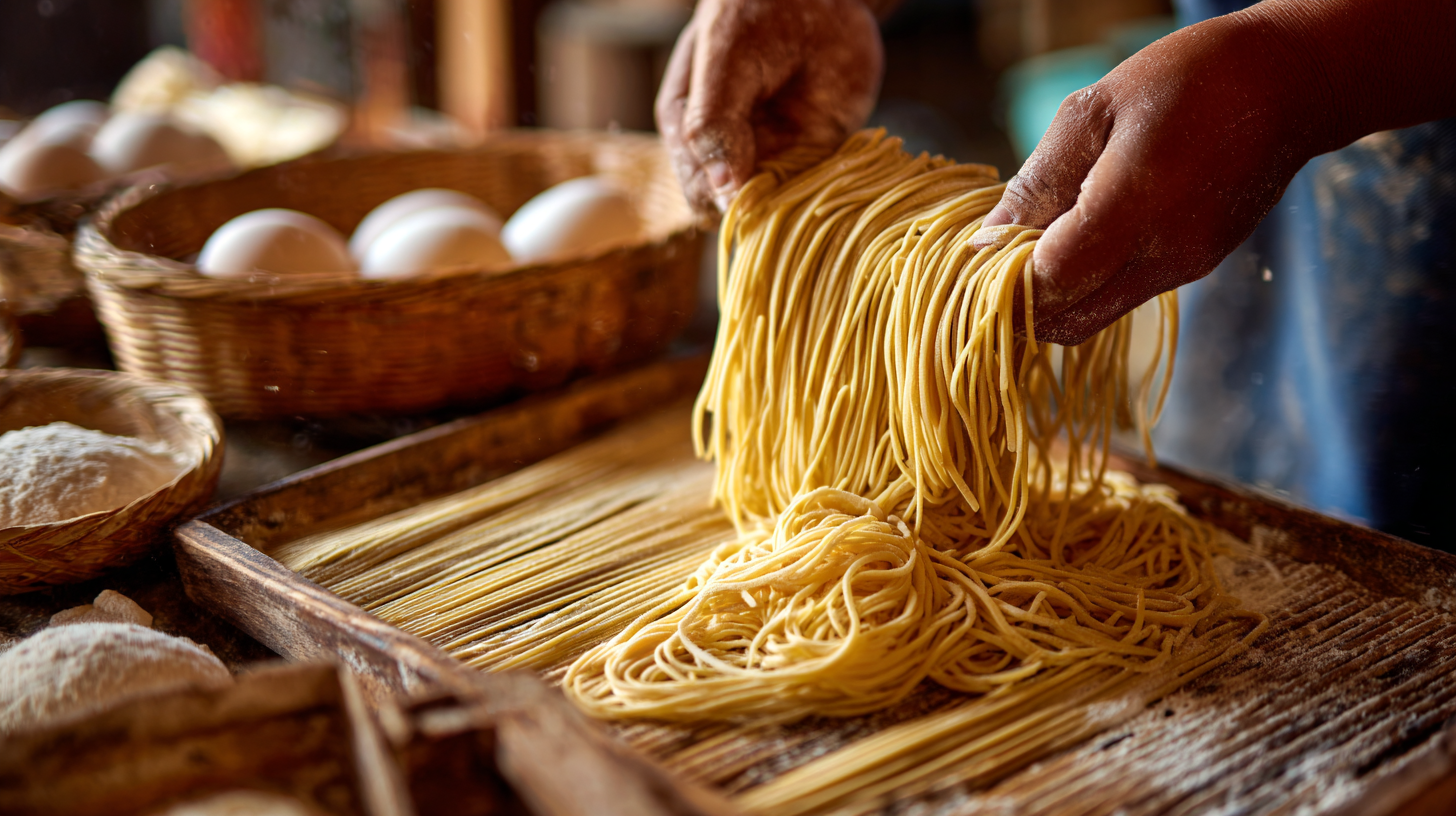 When it comes to mastering hand-rolled noodles, the foundation lies in perfecting the dough. The process of mixing and kneading is crucial, demanding both precision and patience. To create the ideal noodle dough, start by selecting the right flour. High-gluten flour is often favored due to its protein content, which contributes to the chewiness of the noodles. Combine the flour with water in a careful balance, ensuring not to overhydrate the mix. The key is to achieve a smooth, elastic texture that can withstand the stretching and rolling that will follow.
When it comes to mastering hand-rolled noodles, the foundation lies in perfecting the dough. The process of mixing and kneading is crucial, demanding both precision and patience. To create the ideal noodle dough, start by selecting the right flour. High-gluten flour is often favored due to its protein content, which contributes to the chewiness of the noodles. Combine the flour with water in a careful balance, ensuring not to overhydrate the mix. The key is to achieve a smooth, elastic texture that can withstand the stretching and rolling that will follow.
Once your dough has formed, the kneading process begins. This is akin to an art form, reminiscent of the dedication seen in the kitchen of acclaimed chefs perfecting their culinary creations. Knead the dough with a rhythmic motion for at least ten minutes, allowing the gluten to develop fully. The friction generated during kneading transforms the mixture, rendering it pliable and ready for rolling. After a resting period to allow the gluten to relax, your dough will be primed for the next steps, ready to be transformed into delicious hand-rolled noodles that bring a taste of tradition to your home cooking.
Rolling and stretching hand-rolled noodles is an art that requires practice and the right techniques to achieve the perfect thickness. One crucial tip is to start with a well-kneaded dough. A dough that isn’t elastic will make rolling difficult. Use a balance of flour and water to ensure the right consistency; it should be smooth, soft, and pliable. Allow the dough to rest for at least 30 minutes, which relaxes the gluten and makes it easier to stretch.
When it comes to rolling out the noodles, remember to work on a floured surface to prevent sticking. Begin by flattening your dough into a disk. Use a rolling pin to gradually roll it outwards, applying even pressure. As you roll, lift and turn the dough frequently to maintain a circular shape and to ensure even thickness. If you want to stretch the dough further without breaking it, gently pull the edges with your hands while rotating the circle. This technique will help you achieve thin, uniform noodles that cook evenly.
Another helpful tip is to use a ruler or a kitchen scale to measure the thickness of your noodles. Ideally, they should be about 1/16 inch thick. As you gain more experience, you’ll develop a better feel for the right thickness. Keep practicing, and don’t be afraid to experiment with shapes and sizes, as each variation brings its unique charm to your culinary creations.
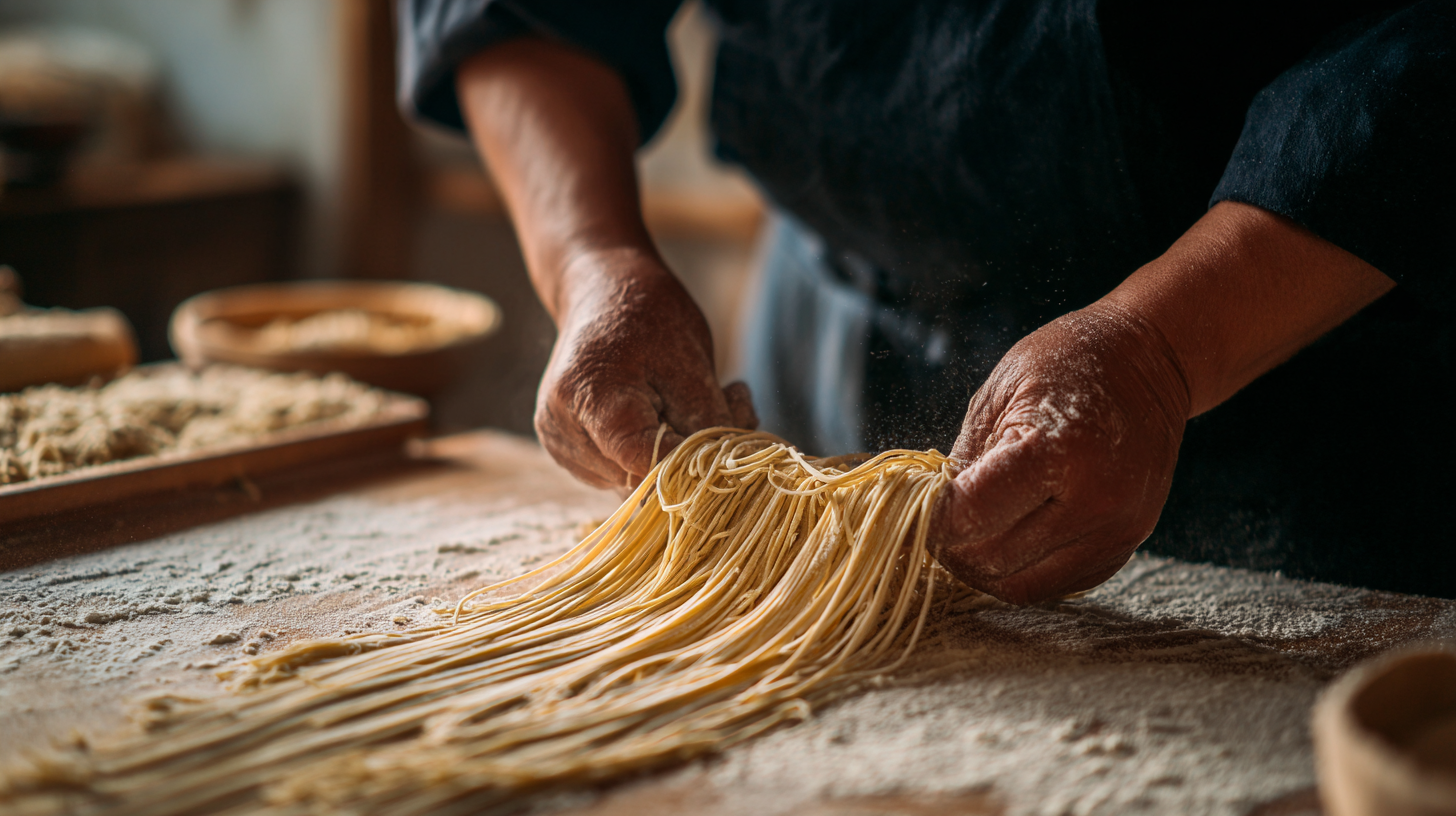
Hand rolled noodles, a staple in various Asian cuisines, offer a delightful culinary experience with their chewy texture and ability to absorb flavors. When it comes to cooking methods, there are a few traditional and modern techniques that every home chef should explore.
Boiling is the most common method, where the noodles are cooked in water until they reach the desired tenderness. According to a 2021 report from the International Culinary Institute, boiling is preferred by over 70% of chefs for its simplicity and efficiency, allowing for a wide range of sauce pairings.
Stir-frying is another popular method that elevates hand rolled noodles by incorporating a variety of ingredients. This technique involves quickly cooking the noodles in a hot wok with vegetables, proteins, and sauces, which results in a beautifully infused dish. A survey by Food Trends 2022 noted that stir-fried noodle dishes have seen a 30% increase in popularity, particularly among younger generations who enjoy bold flavors and quick meal preparations. Additionally, steaming is an underrated technique that keeps the noodles soft while retaining their nutritional value. Exploring these methods can not only enhance the texture and taste of hand rolled noodles but also make the cooking process more enjoyable.
When it comes to serving hand-rolled noodles, the possibilities are as vast as your imagination. Consider creating a delightful noodle soup that combines a rich broth with fresh herbs and vegetables for a comforting meal. This dish can easily appeal to both adults and children, making it perfect for family dinners. You can also prepare a stir-fry with colorful veggies and a splash of soy sauce, allowing the noodles to soak up all those delicious flavors.
For a fun twist, try incorporating seasonal ingredients into your noodles. During the summer, toss in grilled corn and zucchini for a refreshing taste, while fall is the perfect time to add roasted butternut squash and sage. Additionally, if you find yourself with leftover hand-rolled noodles, think creatively! You can transform them into a tasty pasta bake by layering them with cheese, sauce, and your choice of protein. These serving suggestions not only elevate your homemade noodles but also ensure that every meal is an opportunity to explore new flavors and combinations.
